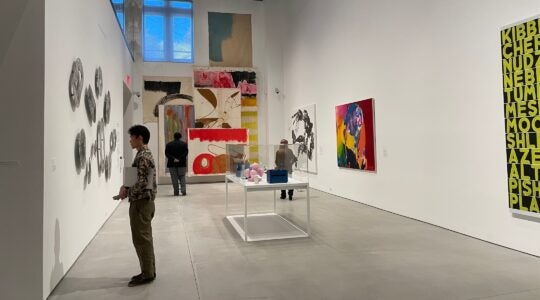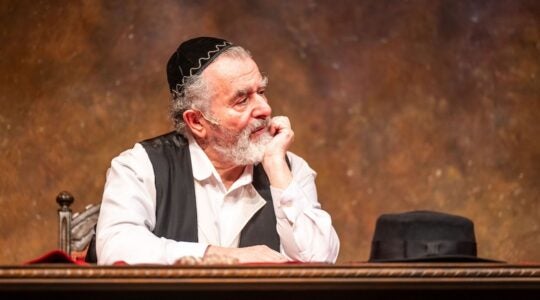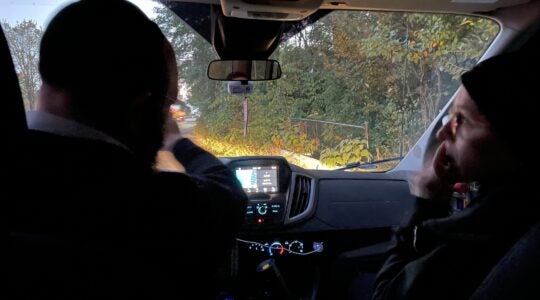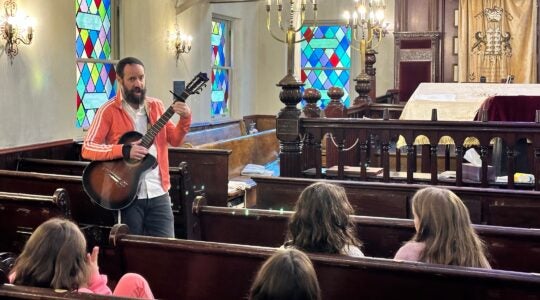As my in-laws’ Peugeot headed into downtown Sofia, I squinted into the shimmering gold of the Alexander Nevsky Church, the Bulgarian capital’s most famous landmark.
It wasn’t just that gilded spire: Sofia looked different. Once my vision had recovered, I saw Sofia looked different. There were landscaped medians where jungly weeds had once grown, and tidy, tree-lined sidewalks where cars had once parked haphazardly on crumbling cement. Vintage buildings had been restored to their fin-de-siècle glory in shades of pistachio and rose. In front of formerly grimy apartment buildings, flowering gardens lent a cheery note. And was that a new metro station on the corner?
It had been several years since my last visit, and this shiny new Sofia was no mirage. Everyone from my mother-in-law to the flower sellers on Graf Ignatieff, a recently pedestrianized boulevard in the city center, was talking about the city’s new mayor and the way her administration had transformed a town long blighted by post-Socialist grime.
A decade ago, I visited a newly restored Sofia Synagogue — the largest and arguably the prettiest Sephardic temple in the Balkans — and thought: If only the rest of Sofia could get this kind of makeover, it’d be a beautiful city. The synagogue renovation, largely financed by American philanthropists, made the Moorish-style temple not only the vibrant nexus of Jewish life, but also the catalyst for the revival of a historic neighborhood.
Now that revival seemed to have blossomed throughout Sofia — and it was evident not only in the buildings, but also in the people themselves. Boulevards and parks teemed with youthful life, from children on scooters to well-dressed professionals in suits. Outdoor café tables spilled onto once-lonely sidewalks throughout the city center. Along the cobblestoned streets of prewar neighborhoods, I felt a new optimism — a sense that people were, for a change, enjoying their life and their city.
It was a heartening turn of affairs in a place still described as Europe’s poorest corner. So many young people emigrated in the years following Communism that it seemed, at times, like a city abandoned. Canes outnumbered strollers, and the grim expressions on faces mirrored the dismal economy.
But there are plenty of reasons to smile about Sofia now. The biggest smile of all was on the face of our 14-month-old daughter, Zelda, who couldn’t get enough of the South European spring after months of snowy tedium. Spring in the Balkans is a riotous event — an exuberant burst of green that seems to canopy the region overnight, scenting the air with lilac blossoms and prompting café tables to sprout, mushroom-like, in parks around the city.
Sofia’s lovely gardens are its greatest attraction, for visitors of any age. There is scarcely a neighborhood without a leafy playground full of squealing children — and throughout the city core, those playgrounds have been upgraded, with modern equipment and scrubbed sculptures to climb nearby.
We spent many a sunny afternoon eating ice cream on benches by the fountains and rose gardens of Borisova Gradina, the main city park at Eagle’s Bridge. A stone’s throw from Sofia University, this park is popular with visitors; children clamber over its footbridges under weeping willows, while couples on dates sip wine by the lake.
I have always loved the way Sofia is dotted with shady, plein-air café tables, where friends can enjoy the outdoor ambiance until well after the fireflies appear. There are more of these spots than ever — from the sprawling lawns around the National Palace of Culture, where accordionists and brass-band buskers entertain crowds, to the picturesque hidden squares tucked into the central city.
A most welcome transformation is the removal of cars from Vitosha Boulevard, the capital’s upscale shopping street. Wide and elegant, lined with boutiques and cafés, Vitosha is finally reaching its potential as one of the Continent’s great avenues. We wandered down Solunska Street, stopping to shop for embroidered linens and amber jewelry, before arriving at another pedestrian victory: Graf Ignatieff, where only trolleys are permitted to interrupt the human flow.
Graf Ignatieff is a bibliophile’s dream, home to a daily outdoor market that reveals the depth of Bulgarian literary fervor (in a country of barely seven million, there are dozens of daily newspapers). From vintage titles to calendars, children’s books to grammars for foreigners, the book market is a great way to work up an appetite for Ignatieff’s other attraction.
That would be the fruit and vegetable stalls further down the street. Blessed with a fertile climate, Sofians have always eaten locally and seasonally — and nowhere is that ethos more fun than on Graf Ignatieff. Forget pretzels: for urban street food, it’s hard to beat steamed, spiced pumpkin, cups of fresh raspberries, sour cherries or hot roasted chestnuts, depending on the season.
My mother had wondered how Zelda would cope with food on the other side of the globe — so, armed with a pile of just-picked strawberries, we found a bench and pulled out my phone. As it happens, flower gardens aren’t the only improvement; many parks also now have free Wi-Fi. I logged into Skype, called Massachusetts and showed Zelda’s grandparents how much fun Sofia can be in springtime.
The New York Jewish Week brings you the stories behind the headlines, keeping you connected to Jewish life in New York. Help sustain the reporting you trust by donating today.




